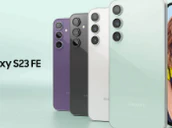More expensive Google Pixel 8 announced with many AI features
At its Made By Google event, the search giant presented the new Google Pixel 8. The significantly improved device leans heavily on AI features to take better photos, clearer videos, and even sound. Unfortunately, this improvement comes with a considerably higher price tag.
The design of the Pixel 8 has slightly changed. The edges are a bit rounder, the back is matte, and the size is a bit smaller than the Pixel 7. It now has a screen size of 6.2 inches.
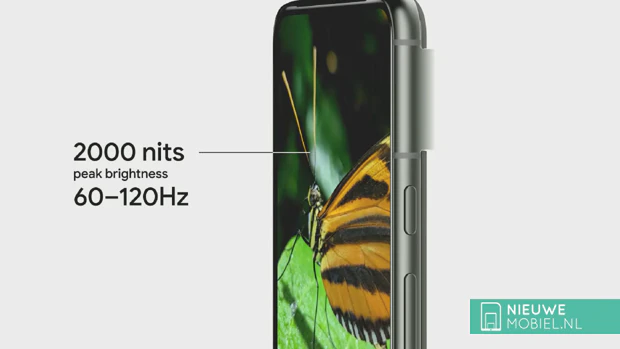
Google is increasing the screen refresh rate from 90 to 120Hz. The screen of the Pixel 8 can go back to 60Hz when no animations are shown. This should save battery. The screen's peak brightness is increased to 2000 nits. This should improve outdoor reading. All these changes made Google decide to name the screen "Actua Display."
Tensor 3
Much attention was paid to the Tensor 3 processor during the Made By Google event. This Google-developed chip enables many features of the Google Pixel 8. Most of them revolve around artificial intelligence (AI).
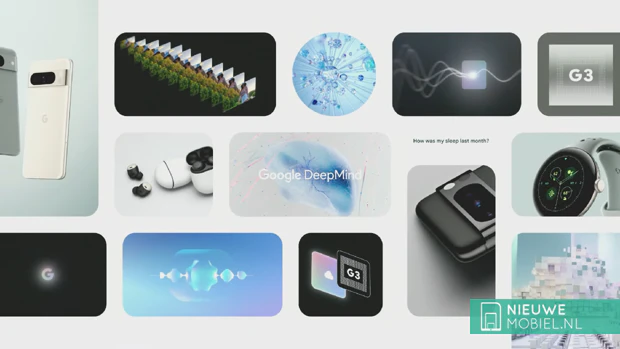
One of the things Tensor 3 is much faster at is handling Machine Learning models (ML models). Many AI functions use these models. There are models to recognize speech, analyze images, and separate audio. Most of them Google can even run locally on the Pixel 8, which improves speed.
New wide-angle camera
The Google Pixel 8 gets an updated 50MP wide-angle camera that captures 21% more light. Zooming can be done on the sensor, and Google promises that 2x zoom will result in optical zooming quality. There is also a macro mode for extreme close-ups.
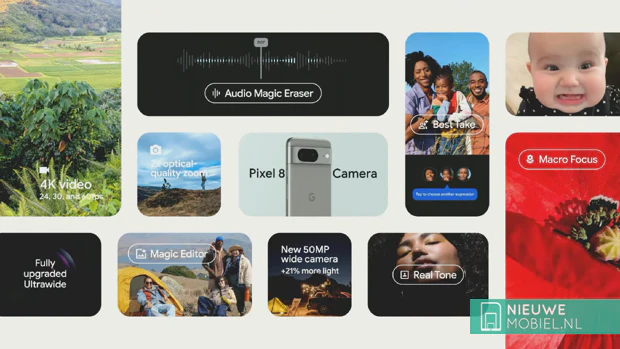
Shooting videos gets a significant update with the Pixel 8 too. From now on, Real Tone also works in videos, allowing dark skin tones to be captured more true to life without getting over- or underexposed. Audio Magic Eraser can improve videos in which the audio is barely audible. This feature can isolate background noises, after which you can select which you want to be removed. Examples are the barking of a dog, traffic noise, or wind noise.
Video Boost and Night Sight Video
Video Boost is supposed to bring HDR+ technology to videos. It is similar to "HDRnet on Tensor," which Google introduced with the Pixel 6 series but then significantly improved, especially in the dark. Interestingly, not all the processing power for this feature comes from the built-in Tensor 3. Videos are uploaded to Google, after which some processing takes place there. The results then appear on your phone.
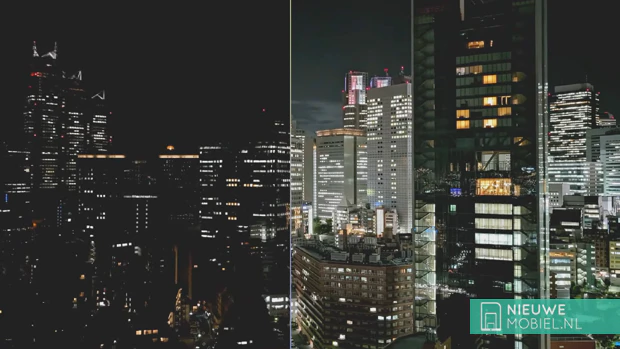
Best Take
Group photos will soon be easier to take, provided you have a Pixel 8. Shoot a few and then choose the best version for each person. Best Take will then compile the most ideal group photo, even when it did not occur. Again, this feature is made possible with the help of AI.

Pixel 8 price and availability
Google is releasing the Pixel 8 in three colors; 'Obsidian,' 'Rose' and a gray-green version called 'Hazel.' There are versions with 128 and 256GB of storage. Pre-ordering starts immediately; the first models will be delivered in week 41. The price has been increased compared to last year. The entry-level model now costs €799. Google gives seven years of Android updates in return until 2030.

